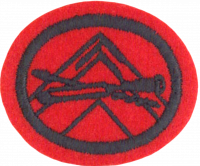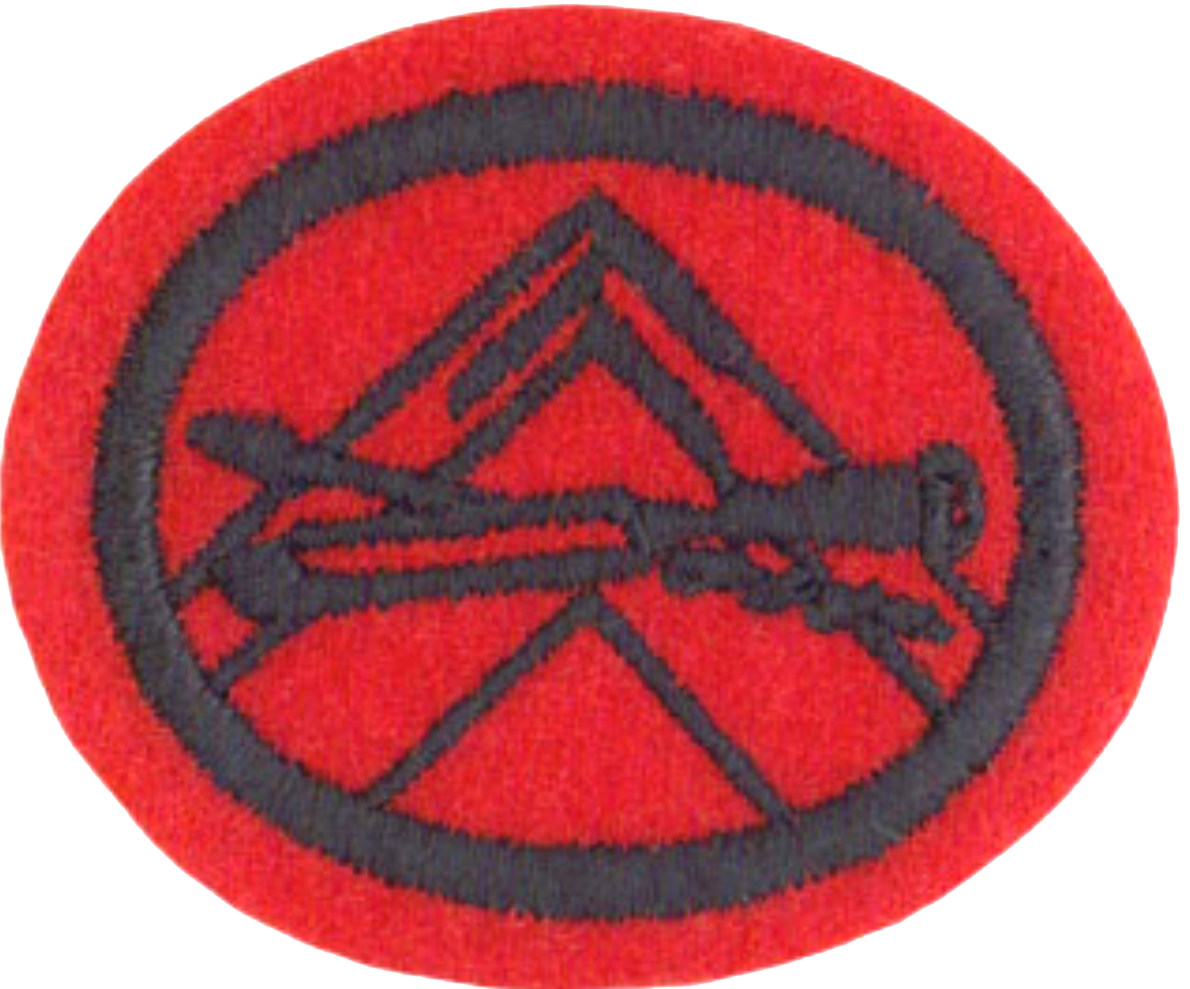Difference between revisions of "AY Honors/Woodworking/Answer Key/es"
(Created page with "</noinclude> <!-- 6. Saber por lo menos dos maneras de terminar los bordes de madera contrachapada. -->") |
(Created page with "</noinclude> <!-- 7. Demostrar la técnica correcta de empaste y sujeción de madera. -->") |
||
| Line 241: | Line 241: | ||
{{CloseReq}} <!-- 6 --> | {{CloseReq}} <!-- 6 --> | ||
{{ansreq|page={{#titleparts:{{PAGENAME}}|2|1}}|num=7}} | {{ansreq|page={{#titleparts:{{PAGENAME}}|2|1}}|num=7}} | ||
| − | <noinclude> | + | <noinclude></noinclude> |
| − | </noinclude> | + | <!-- 7. Demostrar la técnica correcta de empaste y sujeción de madera. --> |
| − | <!-- 7. | ||
| − | |||
| − | |||
<noinclude></noinclude> | <noinclude></noinclude> | ||
Revision as of 21:31, 5 April 2021
Nivel de destreza
2
Año
1934
Version
22.12.2025
Autoridad de aprobación
Asociación General
1
1a
1b
1c
1d
1e
1f
2
3
4
4a
4b
4c
4d
4e
4f
4g
4h
5
5a
5b
5c
6
7
8
There are thousands of plans available on the Internet, and many of them can be downloaded for free. Others are offered for a fee. You can also find plans in books and in woodworking magazines (although the magazines tend to have more complex plans). Choose plans that are simple. Although the instructor may be an experienced woodworker, the student is often not. Avoid complicated joints such as dovetails and mortise and tenons. Butt joints, dados, and lap joints are within the reach of a 12 year-old, so steer your Pathfinders to projects that use them. Use lots of pine. Pine is relatively inexpensive, and using it makes it a lot easier to start over. It can be heartbreaking to watch a youngster destroy an expensive piece of wood, and the temptation to salvage it (and thus ruin the project) can be overwhelming. Save complicated projects and expensive hardwoods for after the Pathfinder develops some skill.
9
The first step in finishing a wood project is to make sure all the surfaces are smooth. This is most commonly done by sanding the surfaces with sandpaper, starting with rougher paper (80-100 grit) and then progressing though successively finer grits (often to 220 grit). Sanding is only necessary if the surface is not already smooth, and some tools (notably planes and cabinet scrapers) will leave a sufficiently smooth surface so that sanding is unnecessary. In fact, sandpaper was patented in the United States in 1834, and woodworking had been going on for millennia prior to that!
10
10a
10b
10c
10d
10e


